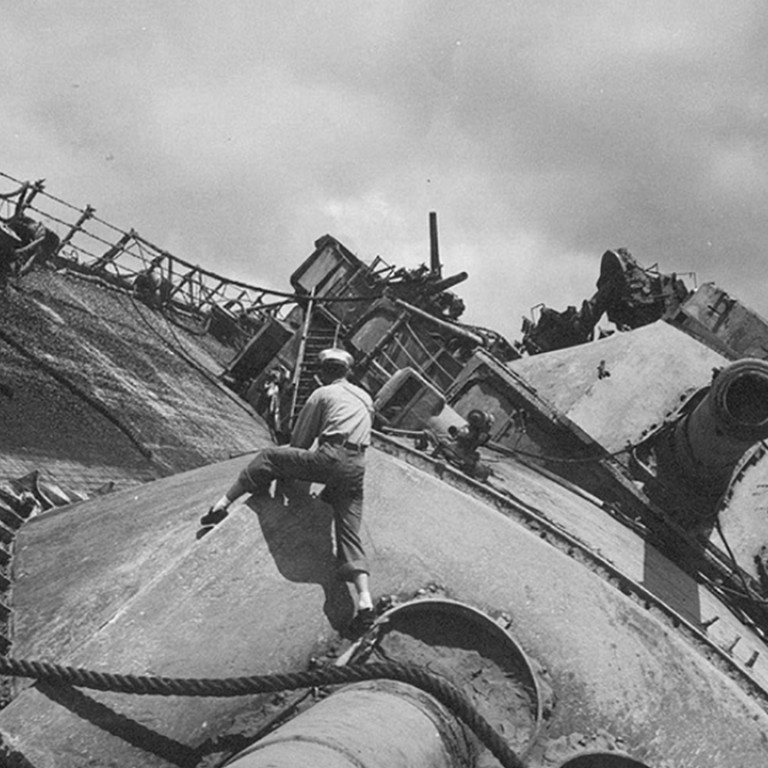
Pearl Harbour sailors finally identified 75 years after they were killed
Almost 75 years after they were killed in the Japanese attack on Pearl Harbour, the remains of five US sailors who perished when their battleship was sunk, have been identified, the Pentagon said.
The five men, who were exhumed last year from their graves in Hawaii and examined in special military laboratories, were among 429 sailors and Marines killed when the USS Oklahoma was torpedoed and capsized.
They had been buried as “unknowns.”

The Pentagon said on Monday that the men identified were Chief Petty Officer Albert Hayden, Ensign LewisStockdale, Seaman 2nd Class Dale Pearce, Petty Officer 1st Class Vernon Luke, and Chief Petty Officer Duff Gordon.
The Oklahoma had a complement of about 1,300, including 77 Marines.
The identifications are the first to come from a project that began last April when the US Defence Department announced plans to exhume an estimated 388 of the Oklahoma’s unknowns.
READ MORE: Never forgotten: Six veterans who lived through conflict remember lessons of the second world war
The effort was sparked after researcher and Pearl Harbour survivor Ray Emory, in 2003, used National Archives files to get officials to dig up a casket believed to contain an Oklahoma sailor’s remains.
That sailor, Ensign Eldon Wyman, was duly identified, and in 2007 a second casket was unearthed and the remains within were also identified as an Oklahoma sailor.
The remains were returned to their families.
The latest identifications were made by comparing pre-war dental records with the teeth of the exhumed sailors, said Air Force Lieutenant Colonel Holly Slaughter, spokeswoman for the Pentagon’s newly created Defense POW/MIA Accounting Agency (DPAA), which is doing the work.
During the December 7, 1941 Pearl Harbour attack, which plunged the US into World War II, many Oklahoma sailors jumped overboard as the battleship rolled over in about 15 metres of water.
But hundreds were trapped below decks.

Thirty-two were rescued by intrepid crews who heard them banging for help, cut into the hull and made their way through a maze of darkened, flooded compartments to reach them.
In the months, and years, after the attack, the handling of the crew’s remains was plagued by error, confusion and poor record keeping.
Most of the dead were found in the wreckage during the months-long salvage operation, especially after the Oklahoma was righted in 1943, according to a memo by DPAA historian Heather Harris.
By then, the bodies had been reduced to skeletons.
By 1944, the jumbled skeletons, saturated with fuel oil from the ship, had been buried as unknowns in two Hawaiian cemeteries, Harris’s report said.
Three years later, they were dug up and taken to a military laboratory near Pearl Harbour for attempted identification.
But in 1949, all the remains were formally declared unidentifiable; by 1950, they had been reburied in the National Memorial Cemetery of the Pacific in Honolulu.
There they rested until last year.
The first exhumations took place on June 8, and the last four caskets were dug up November 9.
Sixty-one rusty caskets, still with their carrying handles, were retrieved from 45 graves. The caskets were heavily corroded and had to be forced open with mauls and crowbars.
After the remains were removed, they were cleaned and photographed, and most of them were flown to the DPAA lab in Nebraska for further analysis. Skulls were retained in a DPAA lab in Hawaii, where forensic dentists are based.

